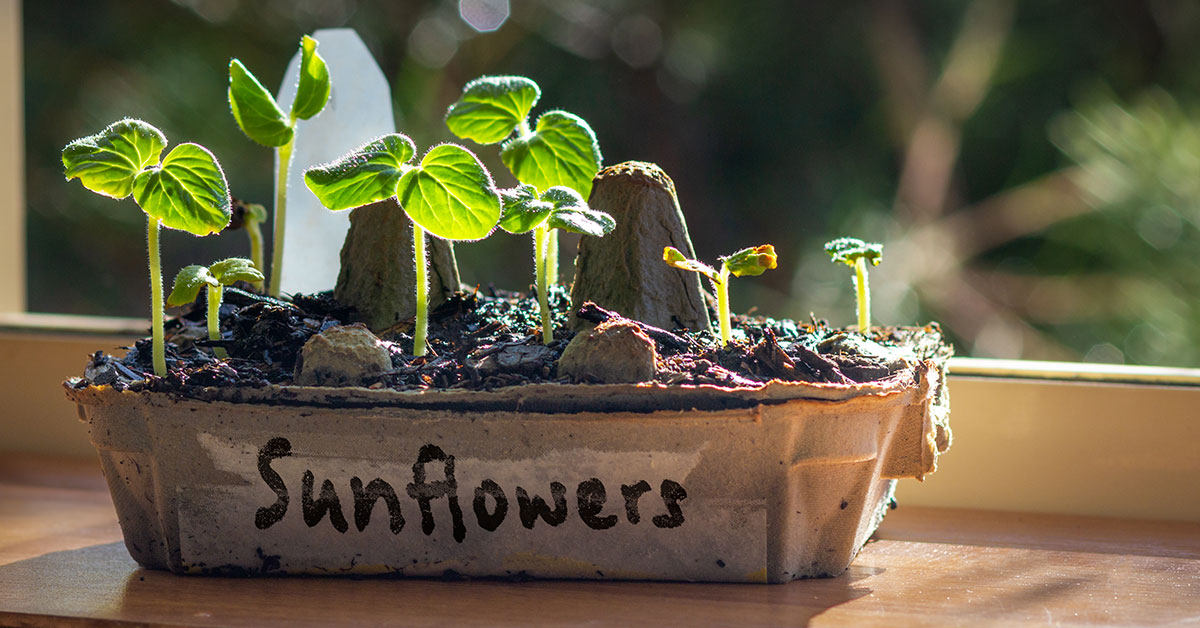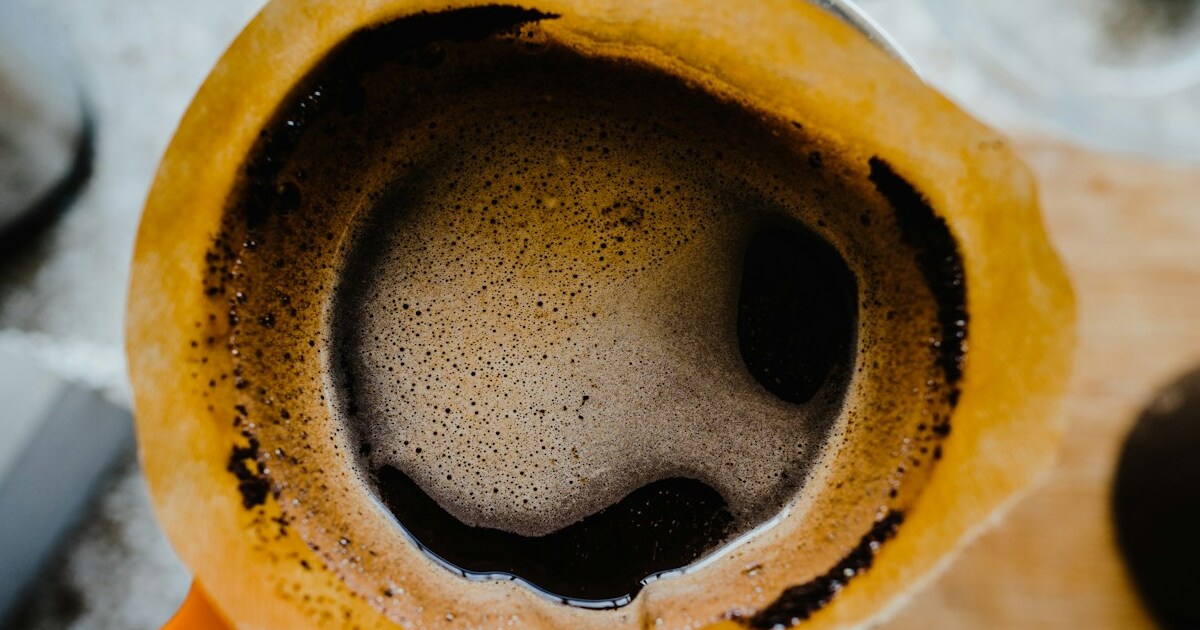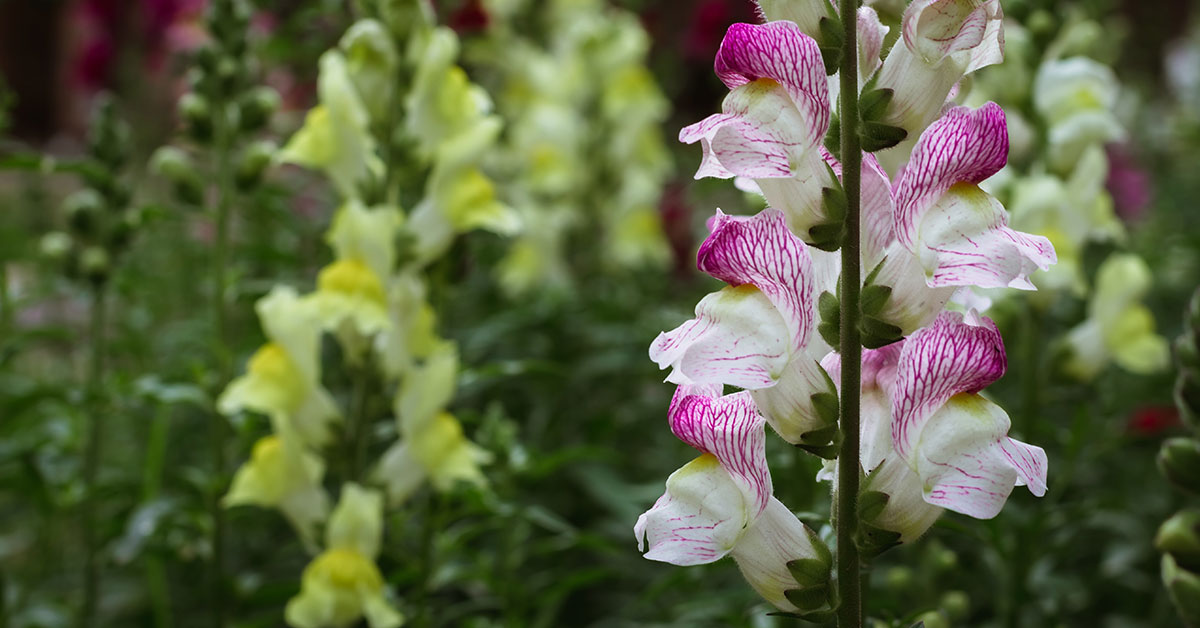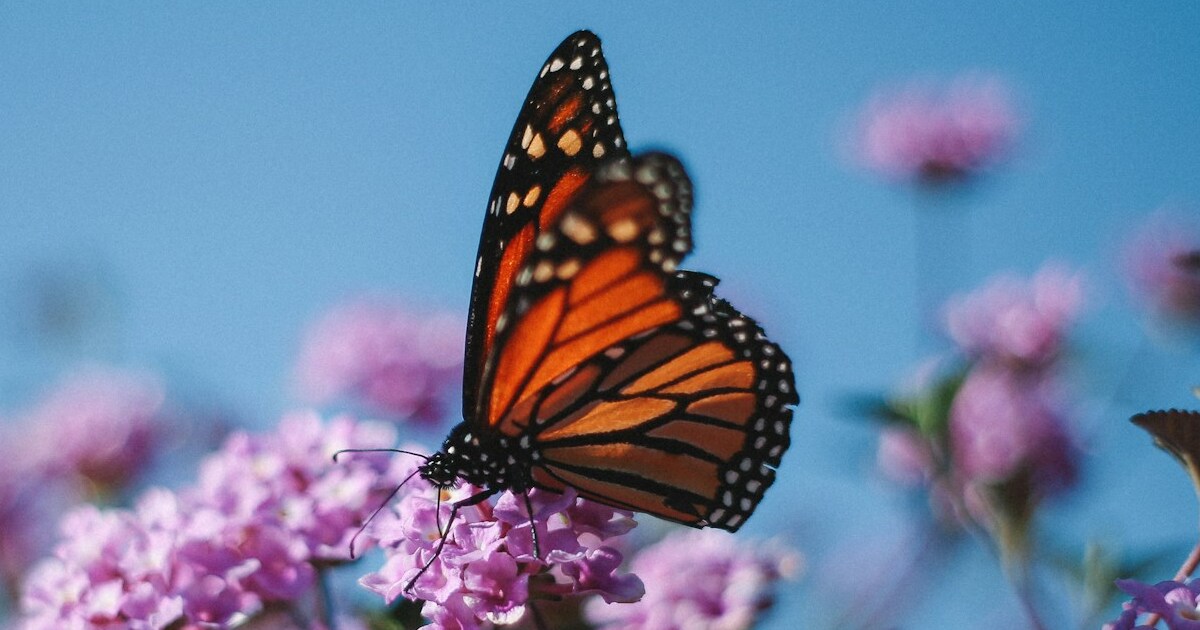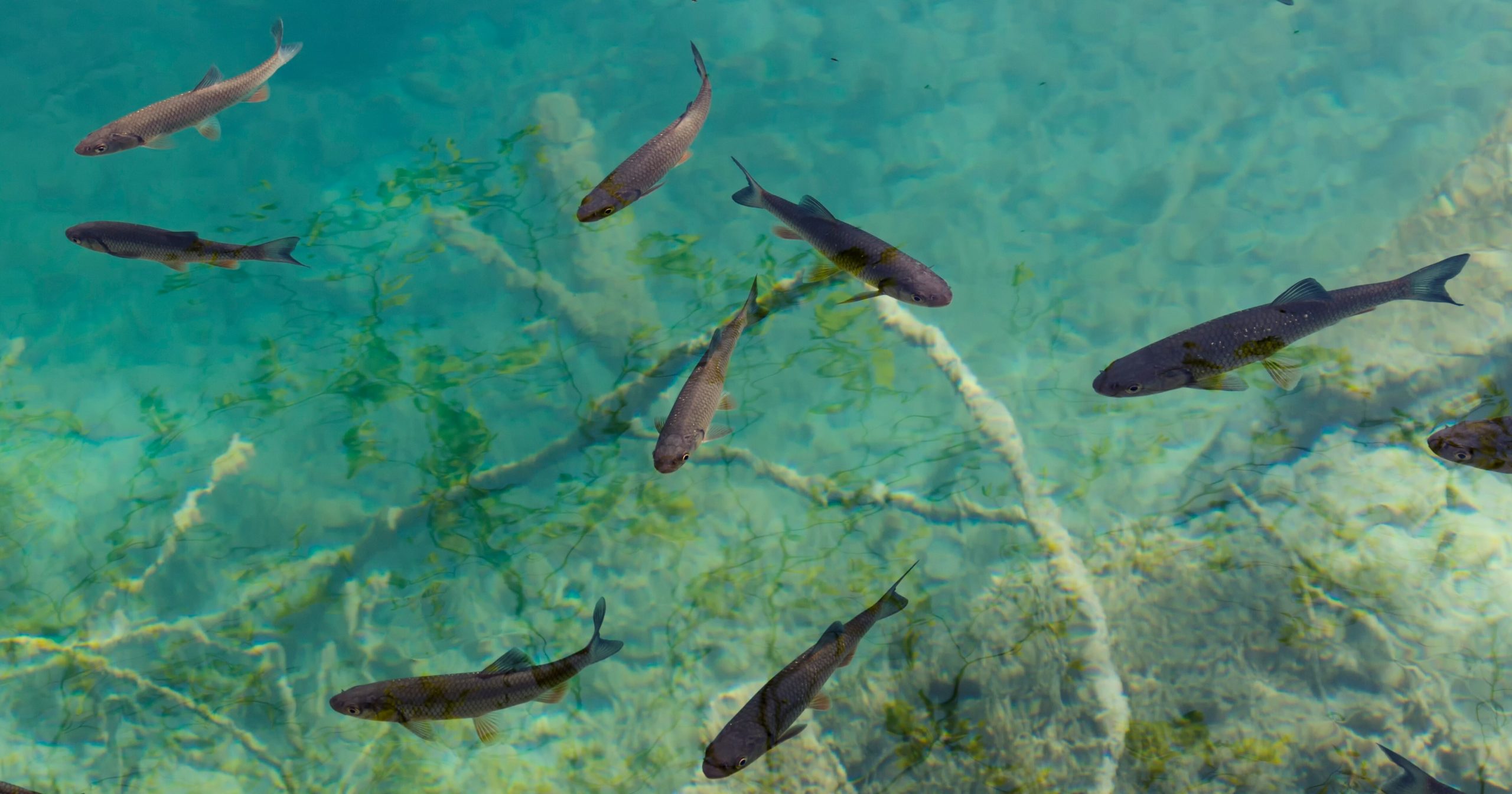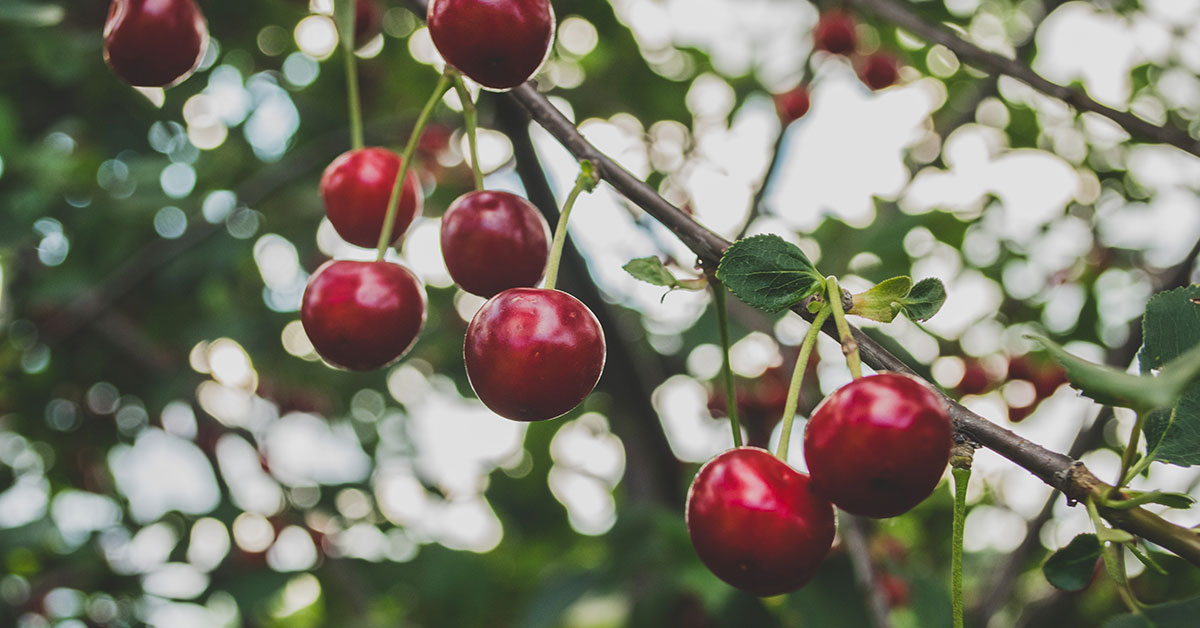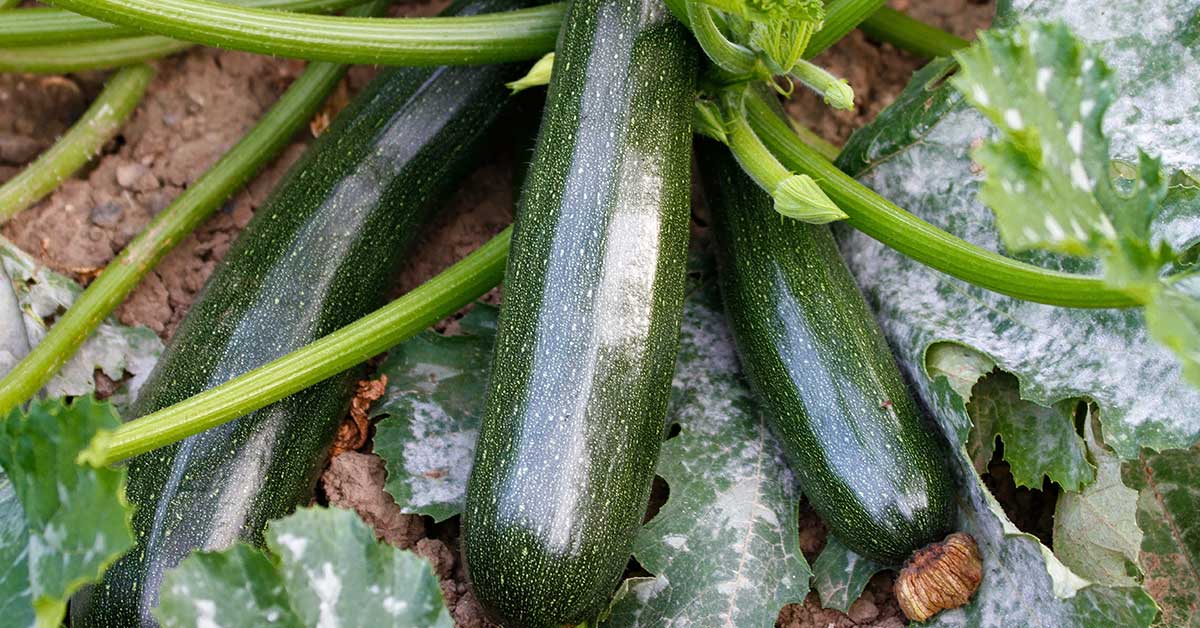Growing sunflowers in Oregon is a great way to brighten up your garden or yard. This state has the perfect climate for sunflowers, with mild temperatures and plenty of sunshine. The soil in Oregon is also ideal for growing sunflowers and other flowers, so you can be sure that your sunflower plants will thrive.
Sunflowers are also a great way to attract butterflies and other pollinators to your garden, making it a vibrant and beautiful place to spend time. With the right care and attention, your sunflower garden can be a stunning addition to your landscape.
Oregon climate and growing zones
Zone 4b in Oregon is found in the mountainous regions of the state, such as the Cascade Range. This zone is characterized by long, harsh winters and cooler summers, which can bring heavy precipitation and snowfall. However, the growing season in this zone can be quite long, lasting from March to October. This zone is suitable for growing many cool-weather crops, such as asparagus, rhubarb, kale, and other greens.
Zone 5b is located in the higher elevations of Oregon’s mountains, such as the Wallowa Mountains and the Blue Mountains. This zone is characterized by a shorter growing season and colder winters, but is still suitable for many cool-weather crops. This zone is also ideal for growing fruit trees and other deciduous trees.
Zone 6b is found in the foothills of Oregon’s mountain ranges and in the lower elevations of the eastern plateaus. This zone is characterized by hot summers, mild winters, and a short growing season. Crops such as tomatoes, peppers, and corn are well suited to this zone.
Hardiness zones 7b through 9b
Zone 7b is located in the higher elevations of Oregon’s eastern plateaus. This zone is characterized by hot summers and cold winters, with a short growing season. This zone is suitable for a wide variety of vegetables and fruit trees.
Zone 8b is located in the arid, high desert regions of Oregon, such as the Harney Basin and Malheur County. This zone is characterized by hot, dry summers and cold winters, with a short growing season. This zone is ideal for growing drought-tolerant crops such as alfalfa, onions, and potatoes.
Zone 9b is located in the higher elevations of Oregon’s mountain ranges and in the western portion of the state. This zone is characterized by mild winters and hot summers, with a long growing season. This zone is suitable for growing a variety of crops, including tomatoes, peppers, beans, and melons.
Growing sunflowers in Oregon
Growing sunflowers in Oregon can be a rewarding experience, as the state’s varied climate can lead to an abundance of various sizes and colors of flowers. However, the climate of Oregon must be taken into consideration when growing sunflowers. Sunflowers are best suited for warm climates and can struggle in cold climates.
In the western part of the state, the climate is generally mild throughout most of the year, so sunflowers can thrive. However, in the eastern part of the state, the climate is more variable and can be subject to colder temperatures in the winter. If the temperature drops below freezing, sunflowers can suffer damage to their leaves and stems.
When planting sunflowers in Oregon, it is important to choose varieties that are suited to the region’s climate. Look for varieties that are cold-tolerant and can survive temperatures that dip below freezing in the winter. Planting sunflowers in containers or in a sheltered area can also help protect them from colder temperatures.
When choosing the right location to plant sunflowers, make sure to select a spot that receives plenty of sunlight. Sunflowers require at least six hours of direct sunlight each day to thrive. It is also important to keep the soil well-drained, as sunflowers can suffer from root rot if the soil stays too wet.
Some of my favorite varieties of sunflower include:
- Mammoth Grey Stripe Sunflower (Helianthus annuus) – 75-100 days to maturity
- Teddy Bear Sunflower (Helianthus annuus) – 60-90 days to maturity
- Red Sun (Helianthus annuus) – 65-95 days to maturity
- Autumn Beauty Sunflower (Helianthus annuus) – 75-90 days to maturity
- Lemon Queen Sunflower (Helianthus annuus) – 75-95 days to maturity
- Velvet Queen Sunflower (Helianthus annuus) – 90-110 days to maturity
- Dwarf Sunspot Sunflower (Helianthus annuus) – 60-90 days to maturity
- Giant Sungold Sunflower (Helianthus annuus) – 85-110 days to maturity
- Evening Sun Sunflower (Helianthus annuus) – 75-95 days to maturity
- Sundance Kid Sunflower (Helianthus annuus) – 75-95 days to maturity
When to start sunflowers indoors in Oregon
Sunflower seeds should be started indoors 4 weeks before your final frost date. In Oregon, the final frost dates are:
- Zone 4: Around May 12th
- Zone 5: Around April 30th
- Zone 6: Around April 21
- zone 7: Around April 3
- zone 8: Around March 28th
- zone 9: Around February 28th
You should also consider the size of the variety of sunflower you are planting, as shorter varieties can be planted later and taller varieties will need to be started a week or two earlier. Sunflowers should be started indoors:
- Zone 4: Around April 14th
- Zone 5: Around April 1st
- Zone 6: Around March 24th
- zone 7: Around March 6th
- zone 8: Around February 27th
- zone 9: Around January 31st
Starting sunflowers from seed is a relatively easy process that can be done both indoors and outdoors. To begin, you will need to purchase sunflower seeds from a garden center or online. When selecting seeds, make sure to look for the desired variety you want to grow. Once you have your seeds, you can choose to start them indoors 4 weeks before the last frost date for your region.
Fill a seed tray with starter soil and moisten it with a spray bottle. Place your seeds on top of the soil, cover them lightly with starter soil, and water them gently. Place the tray in a warm and sunny spot, and keep the soil moist. Once your plants have grown 2-3 sets of leaves, you can transplant them outdoors.
Planting sunflowers outside in Oregon
Sunflower seeds should be planted outdoors after the last average frost date for your area. Planting sunflower seeds too early can result in poor germination and seedling growth and potentially death if there’s a hard freeze.
When planting outdoors, make sure the area has plenty of sunshine and well-draining soil. Dig a hole that is twice the size of the root ball, and fill the hole with compost or aged manure. Place the seedling in the hole and backfill with soil, then water deeply.
For the remainder of the sunflower’s life, make sure to keep the soil moist and fertilize regularly. With proper care, you should have beautiful sunflowers in no time!
When to harvest sunflower seeds in Oregon
When sunflower seeds are ready to be harvested, the back of the flower head will be dry and start to turn brown. The individual seeds will be dry and firm. The green husks surrounding the seeds will have turned yellow or white and begun to dry out. To check if the seeds are ready to be harvested, lightly pinch the seed head between your thumb and forefinger. If the husks break open easily, the seeds are ready to harvest.
Harvesting sunflower seeds is easy. Cut the flower head off the stem and spread it out on a clean surface. To remove the seeds, use your hands to rub the flower head and release the seeds. Collect the seeds in a large bowl or container. Once the seeds are harvested, store them in an airtight container in a cool, dry place. Make sure the container is well sealed to keep the seeds from going bad. Sunflower seeds can last for up to a year if stored properly.
Sunflower seeds are delicious and nutritious snack food. They can be eaten raw, toasted, or sprouted. Sunflower seeds are also used in salads, cereals, granola, and energy bars. They are loaded with essential vitamins and minerals like Vitamin E, phosphorus, magnesium, and zinc. Sunflower seeds can also be used to make sunflower seed butter, which is a great alternative to peanut butter.
In addition to being a healthy snack, sunflower seeds are also used to make birdseed. You can leave your sunflowers intact outside well after the flowers have died to give your local birds a tasty snack!


